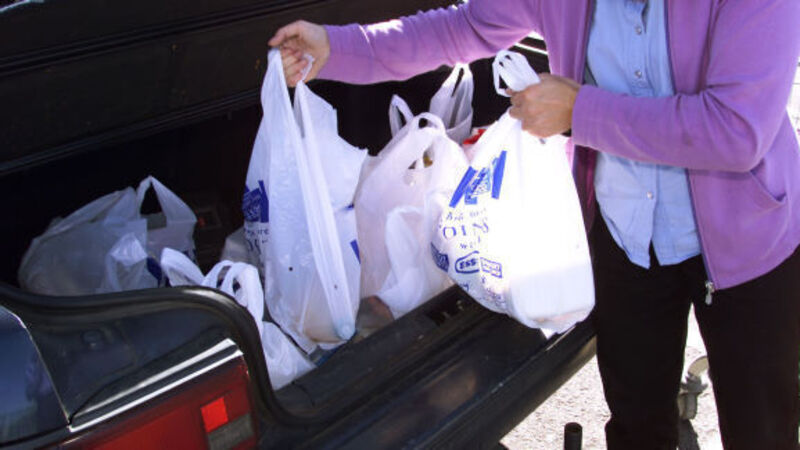The perils of plastic pollutants

However, a walk on a popular beach in the south-west at the weekend revealed quite an amount of ‘’fresh’’ plastic waste, including bottles, bigger containers and netting. And that’s not all. Experts tell us that some of the stuff is actually dumped at sea, but a good deal of it flows in, is thrown in, or just left on beaches and along the shorelines for the tides to take it out. And, there are still parents with the despicable habit of leaving, or burying, babies’ nappies in the sand.
Approximately 10-20 million tonnes of plastic end up in the oceans each year, according to WorldWatch Institute, causing devastation to seabirds and fish and, ultimately, posing health risks for humans that consume the fish. There are also tiny microplastics, defined as litter, that come from personal care products such as soap and toothpaste, and end up in our waterways only to contaminate fish.
Globally, production of plastic has continued to rise for more than 50 years. Some 300 million tonnes of plastics were produced in 2013, a four per cent increase over 2012. Not enough is being recovered and recycled and millions of tonnes of plastics end up in landfills and oceans.
More plastic is being used to replace materials like glass and metal. An average person living in western Europe or North America consumes 100kgs of plastic each year, mostly in the form of packaging. Asia uses just 20kgs per person, but this figure is expected to grow rapidly as the region’s economies expand.
WorldWatch refers to a recent study which estimated that 5.25 trillion plastic particles weighing a total of 268,940 tons are currently floating in the oceans. Animals such as seabirds, whales, and dolphins can become entangled in plastic matter. Floating plastic items — such as discarded nets, docks, and boats — can transport microbes, algae, invertebrates, and fish into non-native regions, affecting local ecosystems.
A couple of years ago, Coastwatch Ireland called for the plastic bag levy to be extended to condoms, sanitary pads, babies’ nappies, balloons, single–use cigarette lighters and other potential litter that’s harmful to wildlife.
Coastwatch director Karin Dubsky issued the call following the results of a Coastwatch survey which covered a representative sample of three per cent of the coastline.
Across all coastal counties, the volunteers found more than 18,000 drinks containers — an average of 45 for each 500m of shoreline. Plastic bottles were the most common, followed by aluminium cans, glass bottles and paper cartons.













